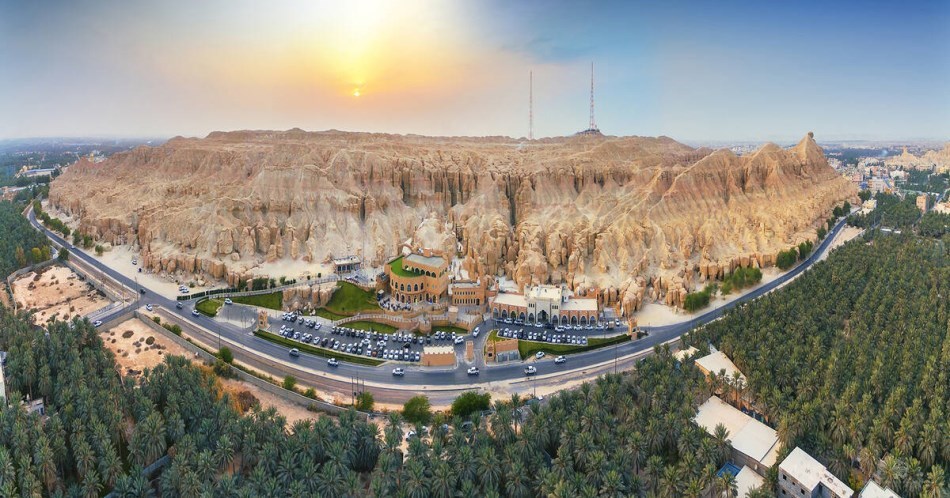Al-Aḥsāʾ or Hajar, is a traditional oasis historical region in eastern Saudi Arabia whose name is used by the Al-Ahsa Governorate, which makes up much of that country's Eastern Province. The oasis is located about 60 km (37 mi) inland from the coast of the Persian gulf.
.jpg)
With an area of around 85.4 km2 (33.0 sq mi), Al-Ahsa Oasis is the largest oasis in the world. There are more than 2.5 million palm trees including date palms in the oasis, which is fed from a huge underground aquifer and irrigated by the flow of more than 280 artesian springs, which allows agriculture all year round in a region that is otherwise sand desert.
.jpg)
Al-Ahsa is part of the region known historically for its high skill in tailoring, especially in making bisht, a traditional men's cloak. Al-Bahrain geographical province is in Eastern Arabia, which includes the eastern coast of the Arabian Peninsula down to the borders of the UAE, Oman, and also includes the island of Awal (modern-day Bahrain).
.jpg)
Historically, Al-Ahsa was the main city in Al-Bahrain province, making up most of its population and providing most of its agricultural output.
.jpg)
The site has become a World Heritage site in 2018. It has also been part of UNESCO Creative Cities Network since December 2015. According to one author, the oases of Al-Hasa and Al Ain (in the UAE, on the border with Oman) are the most important in the Arabian Peninsula.
According to en.wikipedia








